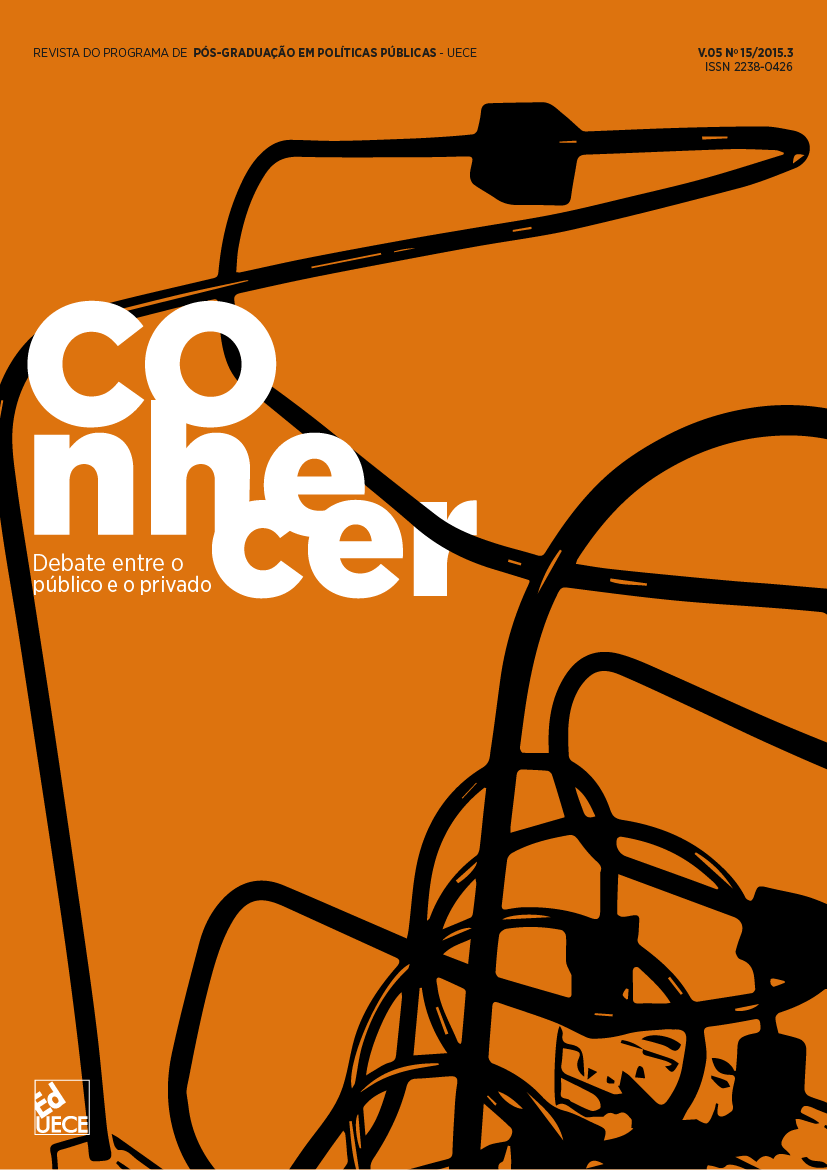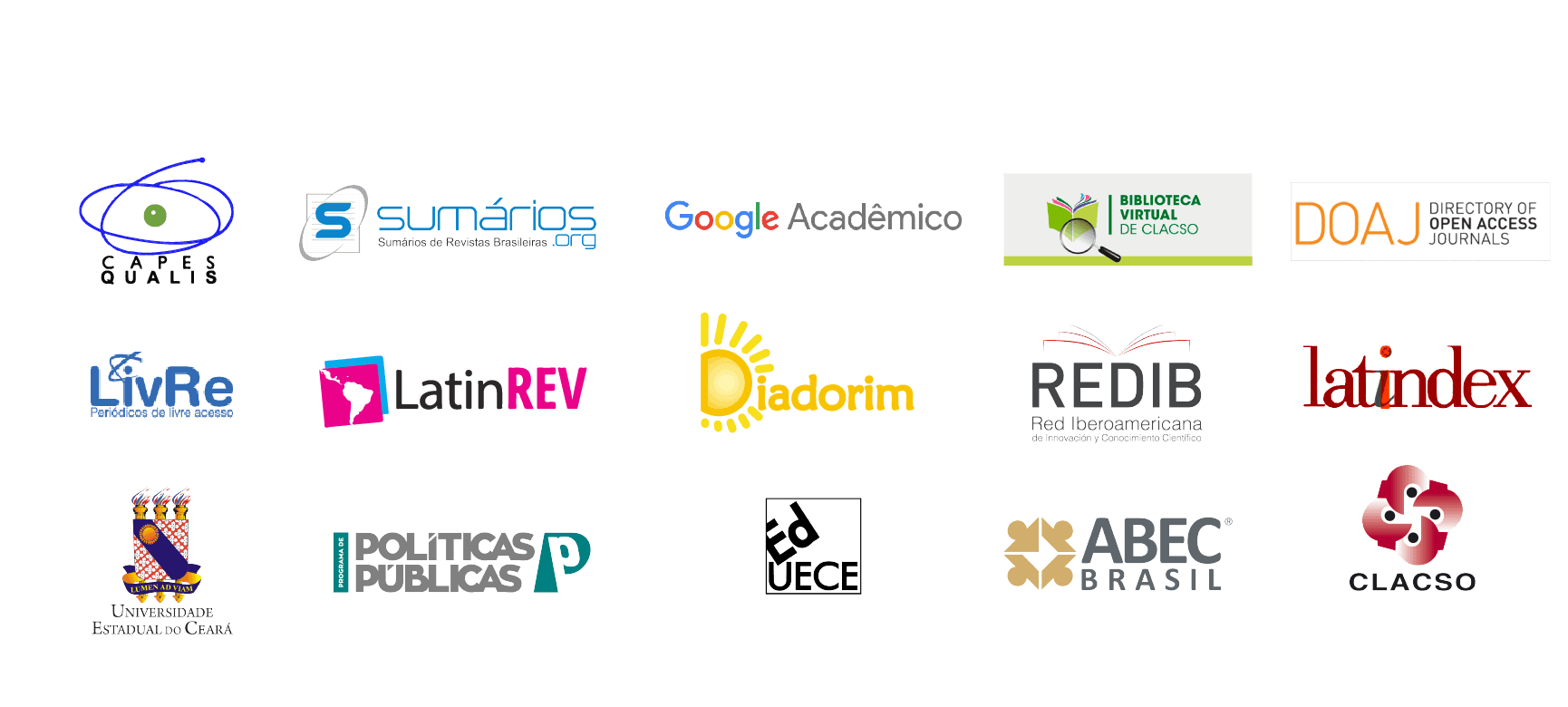UFC Visually Impaired Inclusion Policy:
case study
Keywords:
Visually impaired. Social inclusion. Exclusion. Legislation. Higher educationAbstract
The society of this century is still learning to deal with different people, there are thus thousands of excluded in our environment, among them we have the visually impaired. This research addressed the inclusion of the visually impaired in higher education, with the general objective of describing the applicability of the constitutional norms of inclusion of the visually impaired in the practice in Public Institution of Higher Education and with specific objectives to identify the legal principles in the inclusion of this population and to point out the advances and challenges of including the visually impaired. A bibliographical research was carried out through explanations based on published works in the form of books, journals, articles, in addition, specialized publications, written press and official data published on the Internet, that directly or indirectly address the theme, supporting a a descriptive case study at the Federal University of Ceará-UFC. According to the case study, inclusive actions in the CFU are carried out in a non-systematic, contingent and emergency manner, occurring almost exclusively under the demand of those persons with disabilities who enter it, as a student or a server. In compliance with Brazilian legislation, the Special Commission for Inclusive Education (CEIn) was created, responsible for proposing policies aimed at the inclusion of persons with disabilities in the UFC. This act was made effective by Administrative Rule 3268. A, of November 25, 2009. Among the actions carried out, the following stand out: adaptations in the physical structure of some areas of the UFC; discussions about pedagogical actions that favor the inclusion and equalization of opportunities for students with disabilities; training for accessibility; reflections on the education of students with disabilities, stimulating the creation of an inclusive culture and implementation of the Digital Center for Support to Students with Disabilities at the Humanities Center.
Downloads
Downloads
Published
How to Cite
Issue
Section
License
Authors who publish in this journal agree with the following terms:
- Authors retain the copyright and grant the journal the right of first publication, and the study is simultaneously licensed under the Creative Commons Attribution License, which allows sharing the study by acknowledging authorship and initial publication in this journal.



